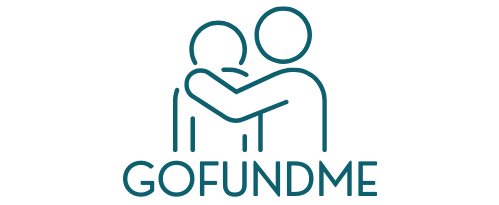
Why Helping young people matters today
Helping young people isn’t just an act of goodwill—it’s an investment in our collective future. With over 1.2 billion aged 15–24 globally, empowering youth has immediate and long-term benefits (elshadaichilddevelopment.org). From boosting economies to strengthening civic engagement, the impact of early support ripples outward.
1. Helping young people gain access to education & digital skills
High-quality education and digital literacy form the backbone of youth empowerment. In Algeria’s “Youth Challenge” bootcamp, UNICEF partnered with ministries to provide life‑skills, employability training, and entrepreneurship support for those aged 14–24 (unicef.org). Organizations like Digital Opportunity Trust have trained millions worldwide—70% of participants were young women (en.wikipedia.org).
Hands-on initiatives like tutoring, workshops, and vocational training (e.g., coding, entrepreneurship) are essential strategies for helping young people bridge the gap between classroom learning and real-world jobs (tntempowermentnetwork.com).
2. Helping young people with mentorship & youth–adult partnerships
One-on-one mentorship and intergenerational collaboration cultivate personal growth and agency. Research shows that active youth–adult partnerships build mutual respect, critical thinking skills, and stronger communities (en.wikipedia.org). Peer mentoring programs also foster leadership, confidence, and supportive networks that guide youth in navigating academic, social, and professional challenges.
3. Helping young people through community programs & creative outlets
Local initiatives often yield the most meaningful impact. The Eastside Youth Content Creators Program in San Antonio empowers teens to hone film-making, leadership, and life skills—culminating in red-carpet showcases—while breaking down access barriers (expressnews.com).
Similarly, Baltimore’s HeartSmiles supports kids as young as 8 through entrepreneurship, budgeting, mentorship, and daily stipends—leading to a 100% graduation rate among participants (washingtonpost.com). These models demonstrate how structured creative opportunities and consistent support transform lives.
4. Helping young people with employment & entrepreneurship pathways
Economic empowerment is vital. Programs like Nigeria’s N‑Power, Tony Elumelu Foundation, and Lagos State’s digital initiatives deliver diverse training and seed funding, though challenges remain in infrastructure and systemic fairness (washingtonpost.com, linkedin.com).
In higher-income countries, youth unemployment persists: nearly 5 million U.S. Gen Zers are NEETs, with rural and minority communities most affected (investopedia.com). Successful models include UK’s Movement to Work and DFN Project SEARCH, alongside community-driven efforts that cost far less yet achieve strong placement rates (thescottishsun.co.uk).
5. Helping young people with life skills, wellbeing & inclusion
Beyond employment, it’s important to address well-being, mental health, and belonging. School-based prevention programs teach coping skills and emotional awareness, reaching half of teens who may experience early mental-health disorders (en.wikipedia.org). Positive youth development frameworks—like “Girls on the Run” and participatory approaches—build social, emotional, and resilience skills while reducing harmful behaviors (en.wikipedia.org).
Engaging youth in civic and environmental projects fosters empathy and community responsibility—for example, community clean-ups and charity drives strengthen identity and connection (brighterdaymh.com).
Bringing it all together: What works in helping young people
| Key Strategy | Why it works |
|---|---|
| Access to skills & tech | Bridges education–employment gaps, especially via bootcamps & hubs |
| Mentorship & adult‑youth partnership | Fosters dialogue, empowerment, mutual growth |
| Local community & creative programs | Meets youth where they are, using culture and creativity as tools |
| Employment & entrepreneurship support | Offers real economic pathways through training, funding, and placement |
| Life skills & wellbeing integration | Builds resilience, identity, and reduces risk behaviors |
Evidence shows that combining these elements—education plus mentoring, community engagement, employment pathways, and mental health support—leads to better outcomes than any single program alone (elshadaichilddevelopment.org, linkedin.com, thetimes.co.uk, erommaosenwokorofoundation.org).
How you can start helping young people today
- Volunteer: Mentor, tutor, or lead workshops in schools or community centers.
- Support: Advocate for public–private youth partnerships and funding for youth hubs.
- Partner: Back local organizations offering stipends, tech access, and incubators.
- Include youth voice: Involve young people in decision-making at schools, town halls, and community boards.
By supporting evidence-based, holistic youth development—especially locally and scalably—we can create more opportunities and hope for the next generation. Helping young people is truly helping our collective tomorrow.
